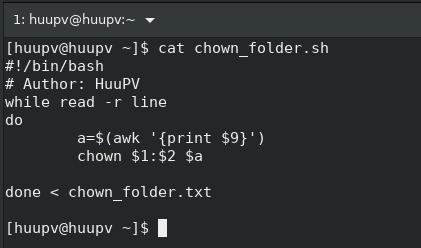How to NGINX Solution for Apache ProxyPassReverse

Introduction When managing web servers, it's common to encounter the need to reverse proxy through different web servers. Apache's mod_proxy module offers ProxyPass and ProxyPassReverse directives to handle these tasks. However, NGINX can be used as an alternative to Apache for reverse proxy needs due to its performance and configuration simplicity. This article explores how to use NGINX to achieve similar functionality to Apache's ProxyPassReverse. NGINX Solution for Apache ProxyPassReverse Understanding Apache’s ProxyPassReverse The ProxyPassReverse directive in Apache adjusts the URLs in the HTTP headers sent from a reverse proxy. This is essential for maintaining session consistency when the backend server redirects responses. Apache configure <VirtualHost myhost:8888> ServerName myhost DocumentRoot /path/to/myapp/public ProxyPass / http://myapp:8080/ ProxyPassReverse / http://myapp:8080/ ...

